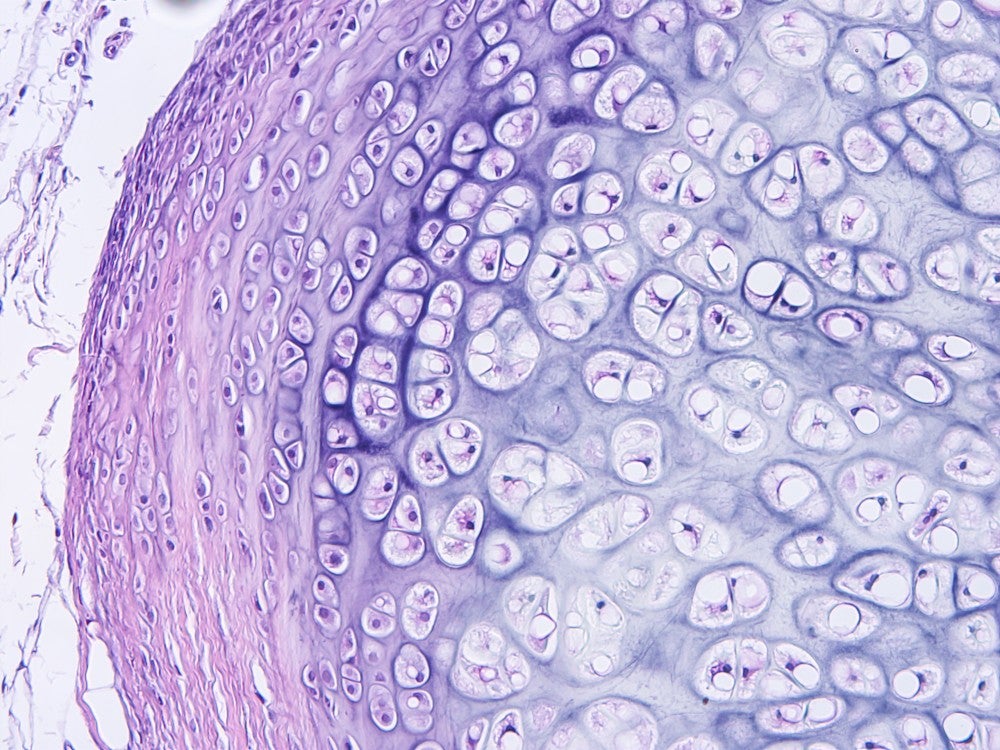World Cup 2022 is coming closer. The live trackers are posted to highlight the total number of cases and names who will miss the tournament in Qatar due to injuries. As one of the most popular sports in the world, the incidence of soccer-related injuries is high, and the prevalence of cartilage lesions among soccer players is higher than in the general population. Cartilage repair procedures aim to regenerate or replace articular cartilage to reduce joint pain and prevent the development of arthritis.
Cartilage repair interventions can occur early in the spectrum of joint damage and offer an opportunity for patients to delay or altogether avoid needing total joint replacement surgery. The goal is to fully restore damaged articular cartilage, either through stimulating the body’s intrinsic healing response or through replacing or repairing the damaged tissue. There are several approaches employed to treat chondral lesions (cartilage damage) in the joints, including platelet-rich plasma (PRP) injection, extracellular matrix implants, intact tissue implants, and marrow stimulation (microfacture). According to GlobalData analysis, the cartilage repair market is expected to reach $2bn by 2030, led by the intact tissue implants segment.
North America accounts for the major share of the overall cartilage repair market. An increasing number of cases of cartilage damage due to active involvement in sports, along with the significant investments in new therapies and procedures adopted for treatment, boosts the growth of the cartilage repair market. The American Orthopedic Society for Sports Medicine reported over 3.5 million injuries requiring medical intervention in youth sports each year. Additionally, the US will have over 10 million diagnosed prevalent cases of symptomatic knee osteoarthritis (OA), according to GlobalData analysis. With an increasing number of patients, the cartilage repair market is expected to increase robustly in the US.
The market is primarily driven by the improvement of regenerative therapy. Historically, regenerative approaches focus on tissue transplantation, often from a cadaver or from the patients themselves, but more recently, there has been a push to provide specialised stem cell-based therapies to specifically regenerate damaged or diseased patient tissue. Third-generation or matrix-associated autologous chondrocyte implantation (ACI) was developed over the past ten years. For example, MACI from Vericel is the first FDA-approved product to offer autologous chondrocytes cultured on a porcine collagen membrane. It can be implanted with a generally simpler process than prior generations of ACI that required suturing a collagen patch. Researchers from the University of California, San Francisco, studied 2,010 patients who underwent ACI between 20120 and 2020. They found an increased rate of ACI from 2017–2019 compared to 2014–2016, whereas the re-operation rate was lower. Mirroring the increasing trend of ACI procedures, the company reported MACI revenue reaching approximately $130 million in 2022, almost triple from its launch in 2017.
See Also:
How well do you really know your competitors?
Access the most comprehensive Company Profiles on the market, powered by GlobalData. Save hours of research. Gain competitive edge.

Thank you!
Your download email will arrive shortly
Not ready to buy yet? Download a free sample
We are confident about the unique quality of our Company Profiles. However, we want you to make the most beneficial decision for your business, so we offer a free sample that you can download by submitting the below form
By GlobalData









Related Company Profiles
Vericel Corp
MACI
ACI Ltd